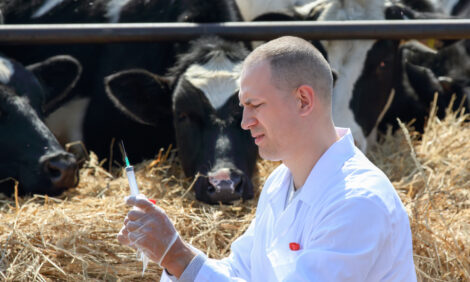



What to Do When a Calf Has Scour: 3 Action Points
A scouring calf is a common issue, but what is the recommended protocol? Irish experts give three simple steps for success.Scour in young calves is caused by a variety of infectious agents, but in most cases by parasites and viruses, write animal health researchers at the Agriculture and Food Development Authority (TEAGASC).
These will damage the intestines, which leads to the calves losing salts and water in the form of diarrhoea.
The scour will last as long as the intestines take to heal. The recent Teagasc/AHI calf events outlined a three-step approach to dealing with scouring calves.
- Remove Isolate the calf to stop the spread of disease.
- Rehydrate The most important treatment is to replace the lost salts and fluids with oral rehydration solutions, which have to be given as long as the calf is scouring and additional to the normal milk meals. The additional losses are on average about 10 per cent of the calve’s body weight. Give one or two extra feeds (two litres each) of a good quality oral rehydration solution as soon as the calf starts scouring and as long as it is scouring. You can safely give electrolytes by stomach tube if the calf refuses or is unable to drink.
- Feed milk Feeding milk does not prolong or worsen scour. It is necessary to heal the guts. Scouring calves should be fed with normal amounts of milk as long as they are willing to drink. Milk should not be stomach tubed, since it will damage the ruminal wall. If a calf refuses to drink repeatedly, or is very tired, or if the eyes are sunken, they are likely to need more intense treatment and a vet should be called.


